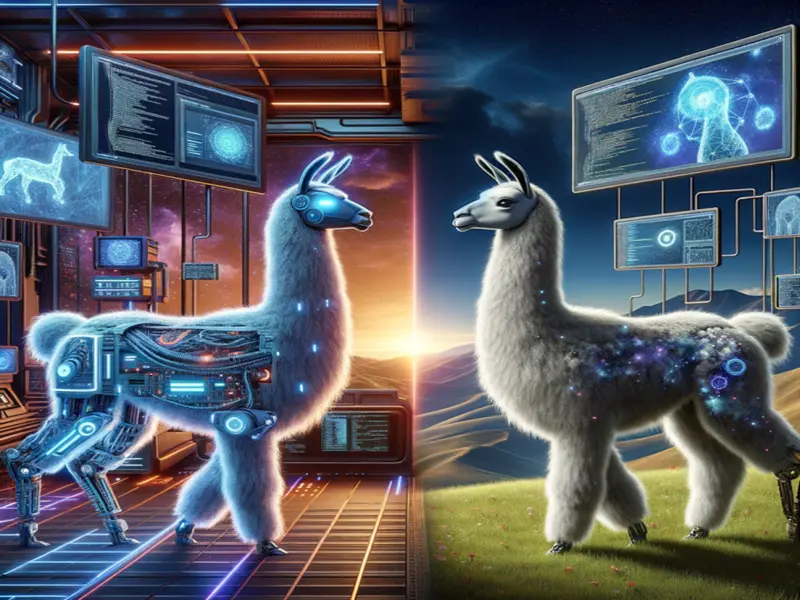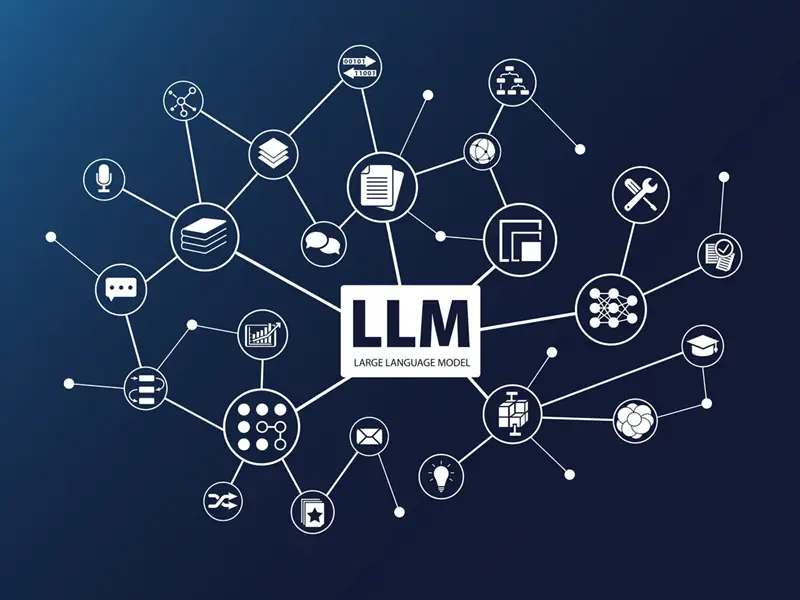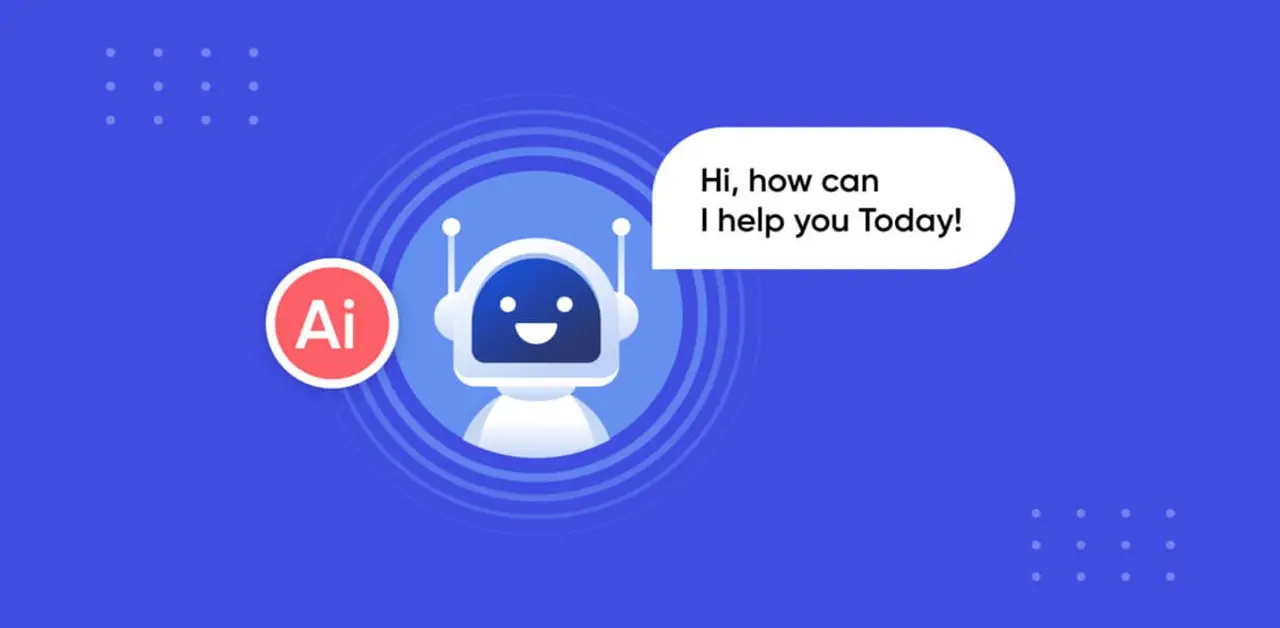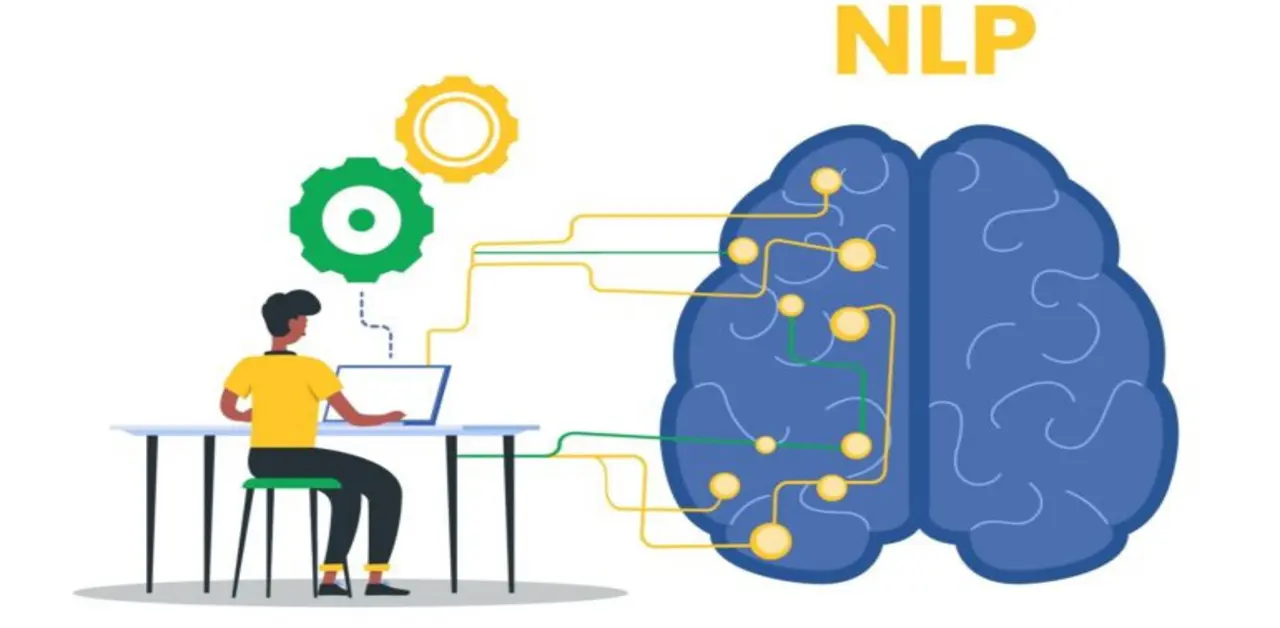The field of Artificial Intelligence (AI) has witnessed significant advancements in recent years, particularly within the realm of large language models (LLMs). These complex algorithms, trained on massive datasets of text and code, are capable of generating human-quality text, translating languages, writing different kinds of creative content, and answering your questions in an informative way. Meta’s Llama 3 stands as a testament to this progress, offering a powerful and versatile LLM with far-reaching implications.

Unveiling the Power of Llama 3
Meta unveiled Llama 3 in early 2024, touting it as the most capable openly available LLM to date. This iteration builds upon the success of its predecessors, boasting several key improvements:
-
Enhanced Scalability and Performance
Llama 3 tackles multi-step tasks with remarkable ease. This improved ability to handle complex instructions opens doors for its application in various domains, including automation and dialogue systems.
-
Reduced False Refusals
Refined post-training processes minimize instances where Llama 3 might decline a request due to misinterpretations. This translates to a more user-friendly experience and greater trust in its responses.
-
Improved Response Alignment
The model excels at aligning its responses to the context and intent of the query. This ensures that users receive relevant and informative answers, fostering a more natural and productive interaction.
-
Boosted Diversity
Llama 3 generates a wider range of responses, mitigating the issue of repetitive or predictable outputs that plagued earlier LLMs. This variety allows users to explore different perspectives and approaches.
-
Elevated Reasoning Capabilities
Llama 3 demonstrates a marked improvement in its ability to reason logically and draw conclusions from provided information. This paves the way for its use in tasks requiring critical thinking and problem-solving.
-
Enhanced Code Generation
Developers can leverage Llama 3 to auto-generate code snippets or even complete functions based on specific requirements. This significantly streamlines the development process and reduces the potential for errors.
-
Superior Instruction Following
The model excels at understanding and executing complex instructions, making it a valuable tool for automating tasks and creating intelligent assistants.
These advancements are attributed to several key innovations incorporated within Llama 3. Notably, the model utilizes a more efficient tokenizer, significantly reducing the number of tokens required to represent language. This translates to improved performance and faster processing times. Additionally, the adoption of grouped query attention (GQA) further optimizes the model’s inference efficiency, allowing it to handle complex tasks with greater speed and accuracy.

Applications of Llama 3: Transforming Industries
The versatility of Llama 3 promises to revolutionize various sectors:
-
Natural Language Processing (NLP)
The model’s ability to understand and generate human language effectively empowers tasks like machine translation, sentiment analysis, and chatbot development.
-
Education
Llama 3 can personalize learning experiences by generating tailored instruction sets, providing feedback, and even creating interactive learning materials.
-
Creative Content Creation
It can assist writers by generating story outlines, suggesting plot points, and crafting different creative text formats.
-
Scientific Research
Llama 3 can analyze vast datasets, uncover hidden patterns, and even formulate research hypotheses, accelerating scientific discovery.
-
Software Development
Developers can leverage its code generation capabilities to write more efficient code, streamline development cycles, and minimize errors.
-
Customer Service
Imagine chatbots powered by Llama 3 that can understand complex customer inquiries, provide personalized solutions, and even navigate emotionally charged situations.
The potential applications extend far beyond these examples. As the technology matures, Llama 3 has the potential to redefine how we interact with machines, automate tedious tasks, and unlock new avenues for research and creative expression.

Ethical Considerations of Powerful LLMs
The immense capabilities of Llama 3 necessitate careful consideration of ethical implications. Here are some key areas of concern:
-
Bias
LLMs trained on massive datasets can perpetuate societal biases if those biases are present in the training data. Mitigating bias in LLMs requires ongoing vigilance and the development of robust filtering techniques.
-
Misinformation and Disinformation
The ability to generate human-quality text can be misused to create fake news articles or manipulate social media conversations. Developers and users must be aware of these risks and employ safeguards to ensure responsible use.
-
Job Displacement
As LLMs become more adept at automating tasks, concerns regarding job displacement arise. However, LLMs are more likely to augment existing workforces than replace them entirely. The focus should shift towards equipping individuals with the skills to complement these powerful tools.
Open and transparent communication, alongside robust ethical guidelines, are crucial for ensuring responsible development and deployment of LLMs like Llama 3.

The Road Ahead: The Future of Large Language Models
The introduction of Llama 3 marks a significant leap forward in the evolution of LLMs. With its enhanced capabilities and focus on ethical considerations, this model paves the way for a future where humans and AI collaborate seamlessly for mutual benefit. Here are some key areas of future development:
-
Explainability and Transparency
Understanding how LLMs arrive at their outputs is crucial for trust and responsible use. Researchers are actively developing methods to make the decision-making processes within these models more transparent.
-
Human-AI Collaboration
The goal shouldn’t be to replace human intelligence with AI, but rather to create symbiotic partnerships where humans leverage LLMs’ capabilities to achieve previously unimaginable feats.
-
Continuous Learning
LLMs should possess the ability to continuously learn and adapt based on new data and experiences. This dynamic approach will ensure their continued relevance and effectiveness in a rapidly evolving world.
The journey of LLMs has only just begun. As researchers delve deeper into the complexities of human language and thought, we can anticipate the emergence of even more sophisticated models capable of surpassing our current understanding of AI. However, with this progress comes the responsibility to ensure responsible development and deployment. By prioritizing ethical considerations, fostering human-AI collaboration, and promoting continuous learning, we can harness the power of LLMs like Llama 3 to build a brighter future for all.
Large language models like Llama 3 represent a powerful new chapter in the field of AI. While challenges remain in mitigating bias, preventing misuse, and ensuring responsible development, the potential benefits are undeniable. By harnessing the strengths of LLMs and addressing the ethical considerations with thoughtful solutions, we can unlock a future brimming with possibilities. From revolutionizing industries to fostering groundbreaking discoveries, the potential for collaboration between humans and AI is truly limitless. As we move forward, let us ensure that this technology serves as a tool for progress, guided by principles of ethics and a shared vision for a better tomorrow.
A Comparative Analysis of LLaMA-3 and GPT-4




